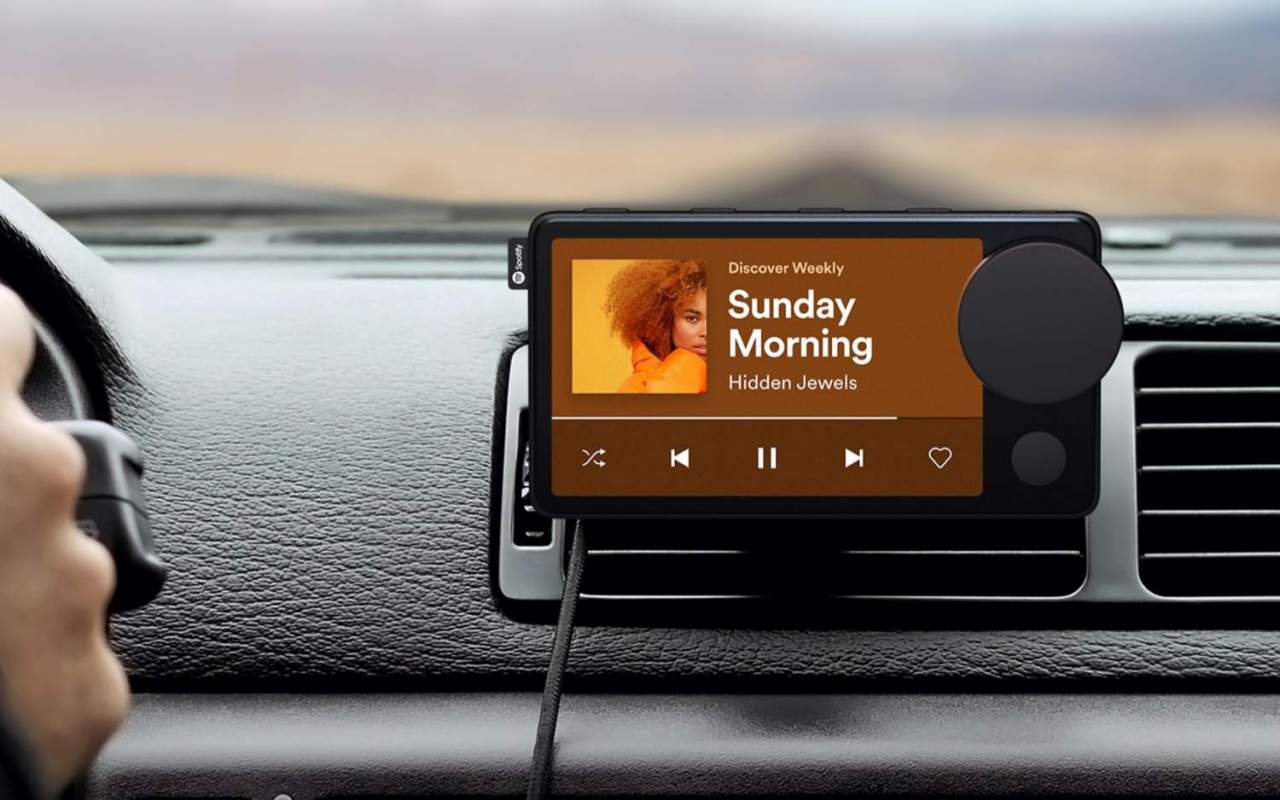

The biggest challenge: car dashboards, which are notoriously overcrowded. "Even American cars aren't that big," Beckmann said. In a car, the person requesting the next song is never more than a few feet away.
On the flip side, smart speakers need to optimize for voice commands uttered from across the room. That's why DSP Concepts did extensive recording and testing in real cars to optimize the signal processing. In essence, Car Thing needs to work more like a smart speaker, which consumers may place in many different environments. Car Thing, on the other hand, is very much a DIY solution consumers decide where they want to place it, and the device needs to work with whatever car they own, no matter how old or banged-up it is. "It doesn't have access to the music signal," Beckmann said.Ī carmaker also has complete control over the positioning of microphones and the acoustic qualities of each cabin component. That setup makes isolating voice commands, and filtering out noise, a lot harder. Car Thing makes it easier to pick songs, playlists and podcasts while keeping eyes on the road, but the phone is still providing connectivity, and sending the audio via Bluetooth or line-in to the car stereo. The device functions as an interface for the Spotify app on your phone. 
However, Car Thing is very different from your typical in-car entertainment system.
Beckmann and his team were also able to provide input on the placement of the four microphones used by Car Thing for hands-free voice control. DSP Concepts has been working on audio for carmakers like Tesla, Mercedes and BMW, giving the company a pretty good idea of how to deal with these environmental sounds. The company was tapped to help develop the device's voice recognition, which includes what Spotify calls "adaptive interference cancellation" - algorithms that make sure Car Thing listens to voice commands, and not the lyrics of the song that's playing, backseat chatter, engine sounds or freeway noise. "We like to get involved early," he told me. DSP Concepts worked on Car Thing for roughly 12 to 15 months, Beckmann said. DSP Concepts CTO Paul Beckmann recently filled me in on how his team helped turn Car Thing from an idea into a real thing. To make voice recognition for Car Thing work, Spotify relied on DSP Concepts, a Santa Clara-based startup that has built a software platform for audio hardware development. So when Spotify set out to develop Car Thing, its new automotive display device, it got help from outside experts. Making hardware is hard, especially for companies with no prior expertise in consumer electronics. The technology behind Spotify's Car Thing






 0 kommentar(er)
0 kommentar(er)
